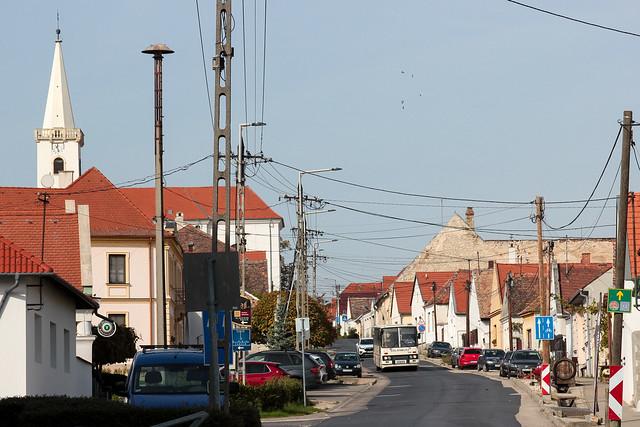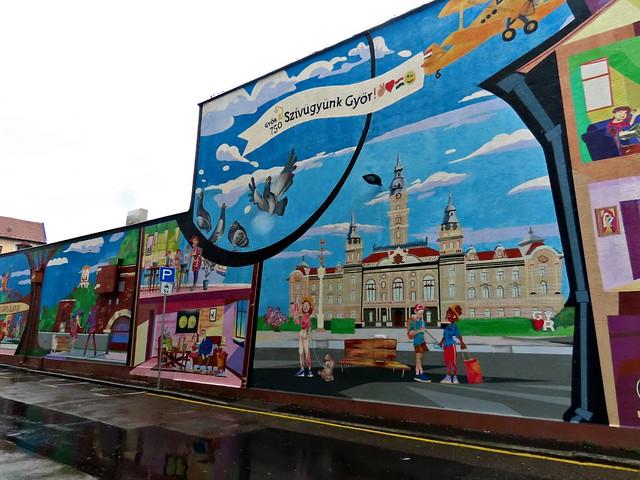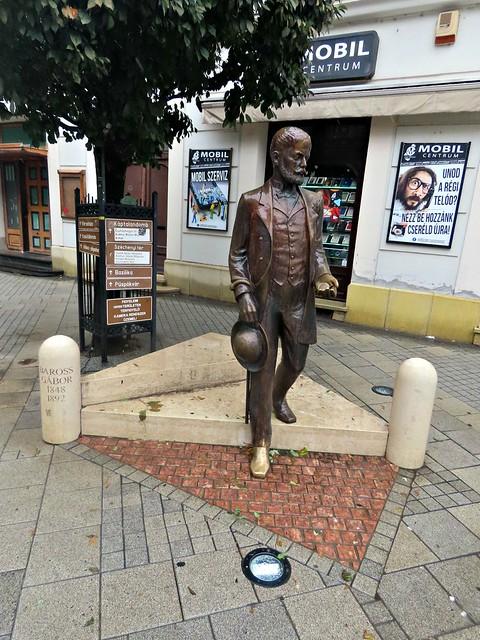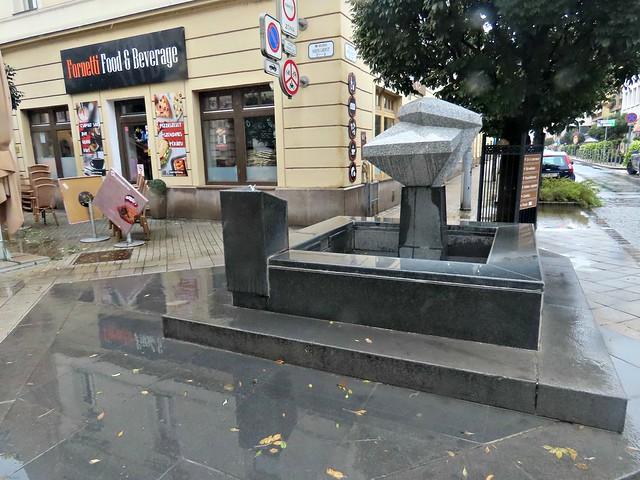



Sopron
Overview
Historical Significance
Sopron, nestled at the foot of the Alps near the Austrian border, boasts a rich tapestry of history that dates back over 2,000 years. Known as "the most loyal city," Sopron earned this moniker due to its steadfastness in remaining part of Hungary after the Treaty of Trianon in 1920, when much of its territory was ceded to neighboring countries. The city's medieval architecture is a testament to its storied past, with remnants of Roman walls and the impressive Firewatch Tower, which offers a panoramic view of the city and surrounding areas. The cobbled streets of the Old Town are a delight to wander, where every turn reveals a piece of history, from Gothic churches to Baroque buildings.
Cultural Atmosphere
Sopron’s cultural scene is vibrant and multifaceted, reflecting a blend of Hungarian and Austrian influences. The city hosts numerous festivals throughout the year, celebrating everything from local wine to traditional crafts. The Sopron Wine Festival, held annually, attracts visitors eager to taste the region's acclaimed wines, especially the unique Kékfrankos. The local theater and various galleries add to the cultural richness, making Sopron a hub for artists and performers. The city also has a thriving café culture, where locals gather to enjoy coffee and pastries in charming establishments that echo the city’s artistic vibe.
Architectural Highlights
One cannot visit Sopron without admiring its architectural wonders. The Storno House, a beautifully preserved Baroque building, is a museum that offers insights into the city’s history and the life of its wealthy merchants. The Holy Trinity Column, a stunning example of baroque sculpture, stands proudly in the main square, symbolizing the city's resilience and devotion. The Church of St. Michael, with its impressive frescoes and ornate interior, is another highlight that showcases the spiritual and artistic heritage of Sopron. The blend of styles, from Gothic to Baroque, creates an enchanting atmosphere that transports visitors back in time.
Local Characteristics
Sopron is not just about its history and culture; it is also a living, breathing city that offers a glimpse into the daily life of Hungarians. The local markets buzz with activity, where vendors sell fresh produce, meats, and traditional pastries like rétes (strudel). This is a great opportunity to taste some authentic Hungarian cuisine, such as gulyás (goulash) or lángos (fried flatbread). The friendly locals are often eager to share their stories and traditions, making it easy for travelers to connect with the community. The city’s proximity to the stunning Őrség National Park and the picturesque Lake Neusiedl also provides ample opportunities for outdoor activities, including hiking, cycling, and bird watching.
Climate and Best Time to Visit
Sopron experiences a temperate continental climate, with warm summers and cold winters. The best time to visit is during the late spring and early autumn months when the weather is mild, and the city is alive with outdoor events and festivals. The fall, in particular, offers a stunning display of autumn colors, making it a picturesque backdrop for exploring the city’s many parks and gardens. Whether you’re enjoying the local wines in a sunlit courtyard or strolling through the historic streets, the atmosphere during these seasons is truly magical.
Other towns or cities you may like in Hungary
Explore other cities that share similar charm and attractions.



